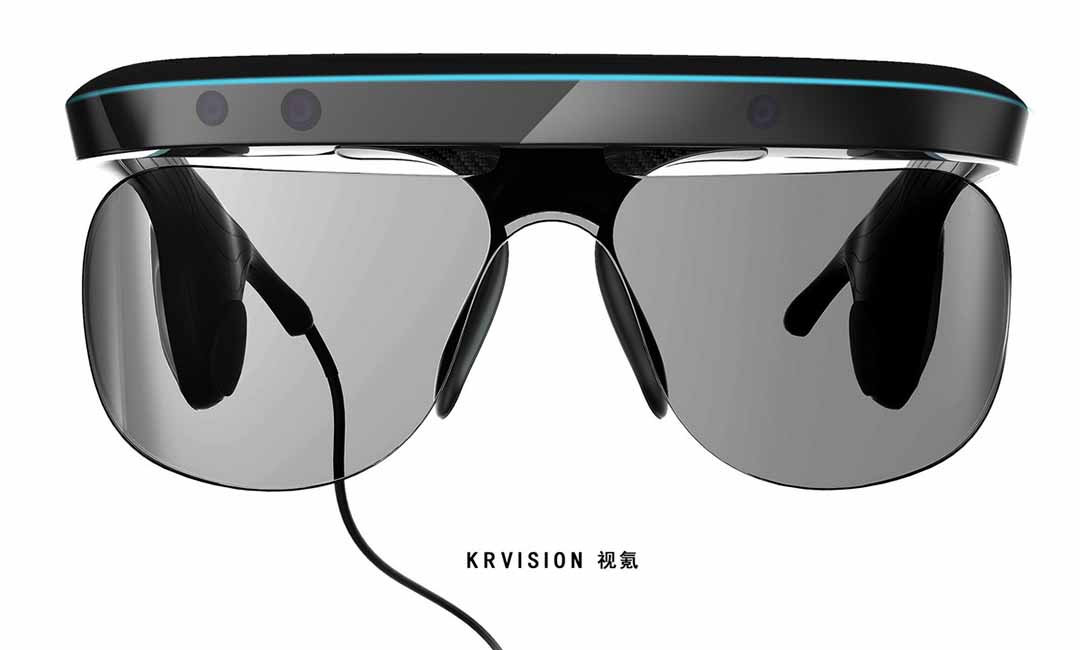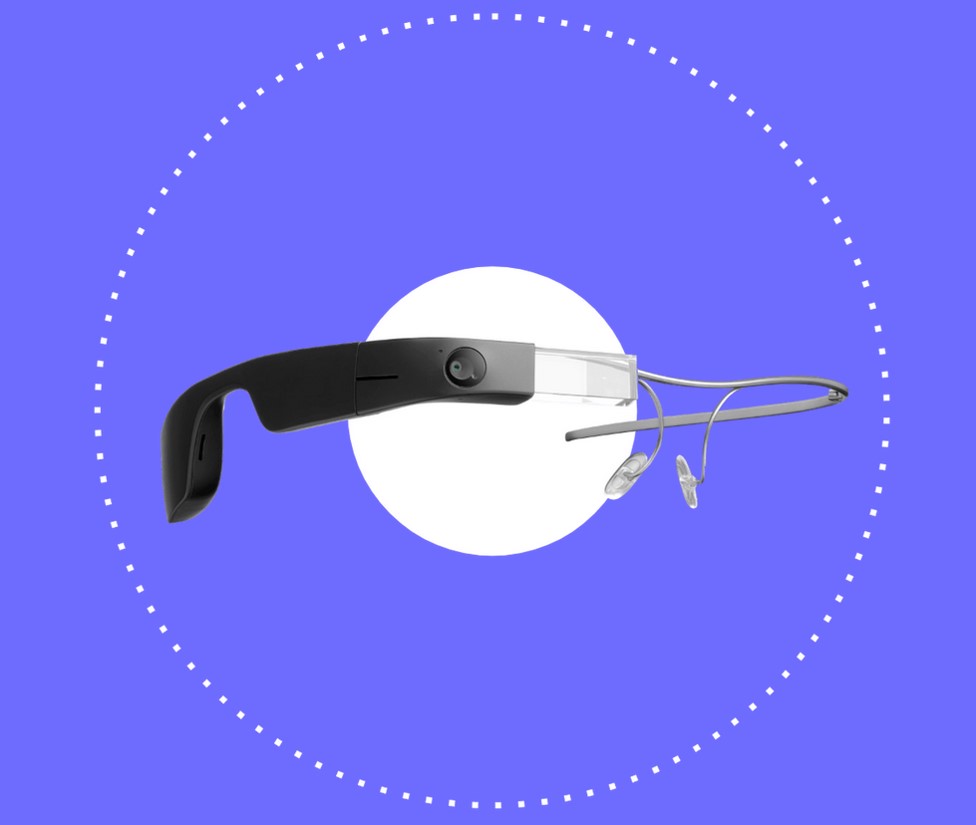Enhancing Access Via Assistive Technology for the Blind
The combination of assistive technology for the blind represents a critical advancement in availability, fundamentally modifying how individuals navigate their settings and engage with culture. From display viewers to ingenious clever walking canes, these devices not only enhance self-reliance but likewise advertise inclusivity in various rounds of life. As we explore the varied kinds of assistive tools and their substantial effects on day-to-day living, it becomes vital to analyze how continuous technical innovations are reshaping the landscape of assistance for the blind community. What implications do these developments hold for the future of ease of access?
Review of Assistive Innovation
Assistive technology refers to an array of devices and software application designed to enhance the abilities of people with disabilities, including those who are blind or aesthetically impaired. This innovation plays an important function in promoting self-reliance and boosting the high quality of life for individuals. By giving different techniques for accessing info and executing daily jobs, assistive innovation empowers people to navigate their settings a lot more successfully.
The advancement and execution of assistive modern technology welcome a variety of principles targeted at promoting ease of access. These principles consist of user-centered layout, which focuses on the needs and choices of the person, and the assimilation of technology into day-to-day activities. Such innovations make sure that assistive tools are not just practical yet additionally intuitive and very easy to use.
Furthermore, assistive innovation encompasses a diverse spectrum of options, from low-tech choices like magnifiers to high-tech advancements such as display visitors and Braille screens. The ongoing evolution of this field is driven by the need to deal with the one-of-a-kind obstacles faced by individuals with visual disabilities (Wearable technology for low vision). As innovation continues to development, the potential for enhancing availability and advertising inclusivity remains appealing, ultimately contributing to a more equitable society

Types of Assistive Gadgets
Many kinds of assistive gadgets are offered to support people who are aesthetically impaired or blind, each developed to deal with details demands and difficulties. These gadgets can be extensively categorized into 3 major kinds: low-tech, mid-tech, and state-of-the-art services.
Low-tech tools include items such as magnifiers, Braille labels, and tactile maps. These are relatively basic devices that enhance the customer's capacity to interact with their environment without requiring complex modern technology.
Mid-tech tools typically entail advanced functions, such as digital magnifiers and mobile Braille note-takers. These gadgets can provide functionalities like speech output, permitting individuals to access details more efficiently.

Influence on Daily Living
The availability of various assistive devices significantly improves the lifestyle for individuals who are aesthetically impaired or blind, influencing their daily living in profound means. By incorporating technologies such as display viewers, Braille shows, and audio summary solutions into their routines, users acquire higher autonomy and independence. These devices promote accessibility to info, enabling individuals to carry out daily jobs, such as reviewing emails, navigating public areas, and taking pleasure in media web content.
Furthermore, assistive devices empower people to engage even more totally in social communications and neighborhood tasks. The capacity to utilize smartphones geared up with ease of access functions permits seamless communication and link with others. This connectivity promotes a feeling of belonging and lowers sensations of seclusion.
In expert settings, assistive innovation supports efficiency by enabling individuals to full work tasks successfully. Tools like voice acknowledgment software program and specialized magnifying gadgets allow individuals to take part in the workforce on equal footing with their sighted peers.

Advancements in Modern Technology
Current technical improvements have actually substantially transformed the landscape of tools offered for individuals that are blind or visually impaired. The combination of expert system (AI) and artificial intelligence has actually given surge to applications that boost navigation and item recognition. More Info As an example, smartphone applications can now use AI to recognize and explain surroundings in real-time, giving individuals with valuable contextual information.
In addition, advancements in haptic innovation have actually led to the advancement of wise walking canes furnished with sensing units that detect obstacles and supply responsive comments. This empowers individuals to navigate their atmosphere with enhanced confidence and self-reliance. Advancements in text-to-speech software program and braille displays have enhanced the access of digital material, permitting for seamless communication with various media.
Wearable innovations, such as smart optometrist work glasses, are likewise making strides in assisting visual impairment. As modern technology continues to evolve, the possibility for even more transformative devices stays on the perspective.
Future Trends and Innovations
As modern technology rapidly advances, the future of assistive tools for individuals who are blind holds tremendous guarantee. Developments in fabricated intelligence (AI) and artificial intelligence are positioned to reinvent the way blind individuals communicate with their environments. AI-driven applications are being established to improve things acknowledgment, permitting users to identify and navigate their environments with greater simplicity and precision.
Additionally, improvements in haptic comments technology are allowing the production of responsive maps and navigating help that provide real-time information via touch. These advancements not just boost wheelchair however likewise foster freedom. Furthermore, wearable devices furnished with augmented fact (AR) attributes are emerging, supplying users visual details with sound summaries, thus bridging the gap between the digital and physical worlds.
In addition, the assimilation of clever home innovation presents brand-new possibilities for access, enabling individuals to control their living environments through voice commands or smart device applications. As partnership between technology designers and the blind community proceeds, the focus on user-centered design will ensure that future technologies are tailored to fulfill the special demands of this populace (Wearable technology for low vision). The trajectory of assistive technology promises an extra comprehensive and empowering future for individuals that are blind
Final Thought
In final thought, assistive modern technology plays what type of doctor is an od an essential role in boosting availability for people with aesthetic problems. Continual advancements in technology and user-centered style make sure that these tools cater effectively to the unique needs of the blind community.
The assimilation of assistive technology for the blind stands for a crucial advancement in accessibility, basically altering exactly how people browse their settings and engage with culture.Assistive innovation refers to an array of tools and software program developed to improve the abilities of individuals with handicaps, consisting of those who are visually impaired or blind. Wearable technology for low vision.As innovation quickly progresses, the future of assistive tools for people who are blind holds immense pledge. The trajectory of assistive innovation promises a more empowering and comprehensive future for people that are blind
In verdict, assistive innovation plays an essential role in enhancing ease of access for individuals with aesthetic disabilities.